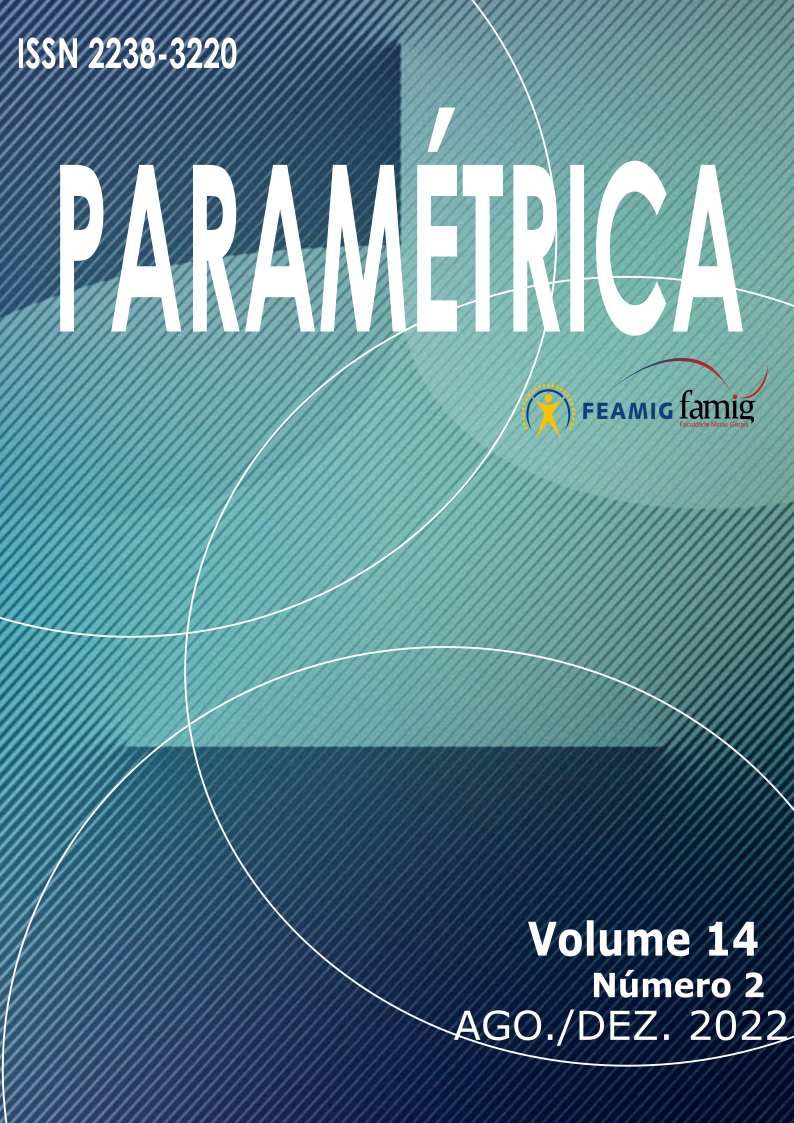Permeable paving
concepts and fundamentals
Keywords:
Urbanization, Urban Drainage, Permeable FloorAbstract
The increase in urbanization directly influences the reduction of natural permeable areas, affecting the environment – in terms of global warming and the water availability of the groundwater and aquifers – and society – for example, floods. Thus, ways to reduce these impacts are researched, one of them being the use of permeable pavements on roads, streets, and highways. As this structure is incipient, this work seeks to present its concept and possible materials, in addition to comparing its permeability and resistance with conventional pavements and presenting its advantages and disadvantages. For this, bibliographic and documentary research is used, in a qualitative and quantitative way, based mainly on the ABNT NBR 16.416 of 2015, which directly deals with permeable pavements. From the study, it is possible to verify that this type of pavement meets its main objective - to percolate rainwater -, however it fails in terms of resistance, being therefore indicated in-depth studies in this area, as well as the use of recycled aggregates.


